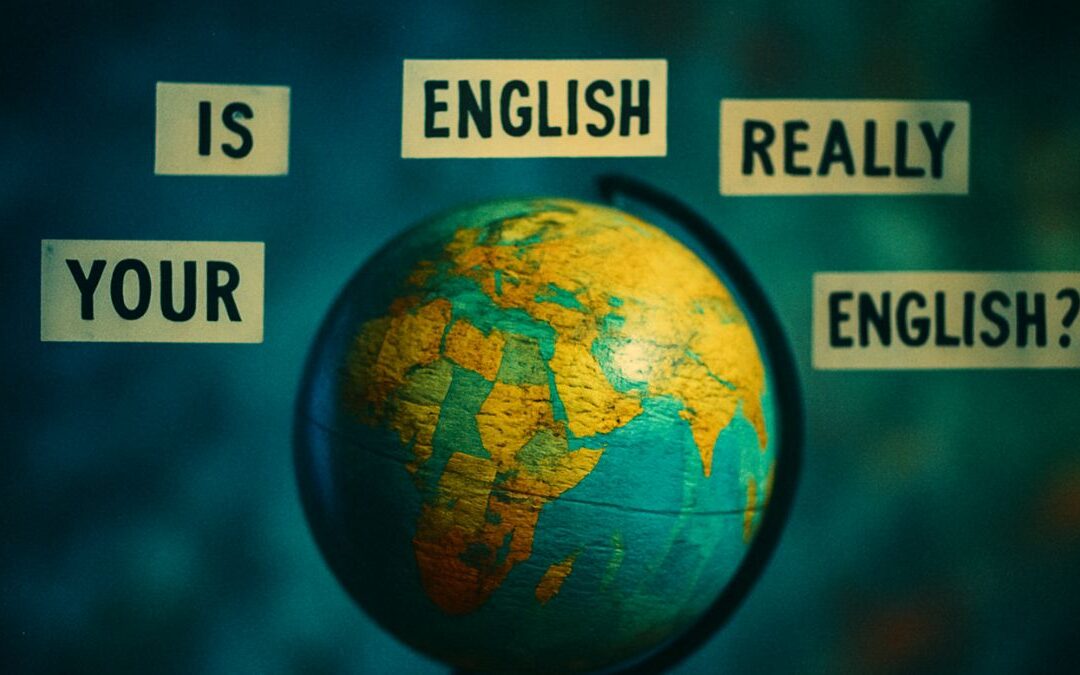- Article Audio
- What is Symbolism in Literature?
- How Do Symbols Differ from Motifs or Themes?
- Why Do Authors Use Symbolism?
- Can a Symbol Have Multiple Meanings?
- How Can I Recognize Symbols in Literature?
- Why Is It Important to Understand Symbolism?
- Real-Life Application of Understanding Symbolism
- A Call to Action
- Why Should You Care?
- Key Takeaways:
- Keywords:
- Myth Buster:
- Let’s Talk:
Article Audio
Have you ever found yourself lost in the pages of a novel, only to stumble upon a character, an object, or a setting that seems to pulse with hidden meaning? That’s the allure of symbolism in literature—it’s a secret language waiting to be decoded, carrying depths that extend far beyond the surface. Here, we’ll uncover the veils of symbolism, answering the questions that readers like you are asking.
What is Symbolism in Literature?
Symbolism is a literary device where symbols are used to represent ideas or qualities beyond their literal sense. These symbols are the silent characters in stories, influencing without words, drawing connections between the text and the larger human experience.
For example, the green light in F. Scott Fitzgerald’s “The Great Gatsby” isn’t just a mere point of reference. It’s a beacon of hope, an emblem of the American Dream, and a symbol of Gatsby’s unreachable desires. Through such symbols, authors gift readers with layers of meaning, engaging not just with the characters’ worlds but with the complex emotions and aspirations that drive human behavior.
How Do Symbols Differ from Motifs or Themes?
While symbols are individual elements that signify greater concepts, motifs are recurring elements that support a text’s theme. Themes are the overarching ideas or messages of a work. Imagine symbolism as a single thread, motifs as patterns made by weaving threads together, and themes as the complete tapestry that they form.
Why Do Authors Use Symbolism?
Authors use symbolism to provide a richer reading experience. It’s like a director using music in a film—not merely to fill a silence, but to evoke a specific emotional response. Symbolism allows writers to convey complex ideas succinctly and powerfully, encouraging readers to look deeper than the literal text.
Can a Symbol Have Multiple Meanings?
Absolutely. Just as a rose can symbolize love, mystery, or even secrecy, symbols in literature can carry multiple meanings depending on the context. Their interpretation can be as varied as the readers themselves, influenced by cultural backgrounds, personal experiences, and even the time period in which a reader engages with a text.
How Can I Recognize Symbols in Literature?
Recognizing symbols often requires a bit of detective work. A symbol can be a character, an action, an object, or even a name. Look for elements that seem to be highlighted in the story, those that carry emotional weight, or those that characters themselves seem to be drawn to or repelled by.
Why Is It Important to Understand Symbolism?
Understanding symbolism enriches your reading experience. It allows you to see beyond the immediate story and connect with the author’s deeper message. It can elevate your empathy and broaden your perspective, providing a profounder understanding of the world and the human condition.
Real-Life Application of Understanding Symbolism
Recognizing symbolism is not just about deciphering literature. It’s a skill that can improve your interpretive abilities in daily life. Whether it’s in advertising, in movies, or even in conversations, symbols are everywhere. Understanding symbolism can unveil deeper meanings in even the most mundane experiences, enriching your understanding of the world.
A Call to Action
Embrace the symbols around you. Next time you pick up a book, watch a film, or even walk through an art gallery, pause and ponder the possible symbols at play. What might they mean? How do they shape your understanding of the narrative before you? Engage with others about their interpretations and see how varied the world of symbols can be.
Unlocking the symbols in literature can be like discovering a secret passage to hidden depths within a story. So, go forth, armed with these insights, and explore the rich landscapes of symbolism that await you. And when you’re ready to dive deeper, visit us online for more explorations into the fascinating world of literature and beyond.
Finish with a flourish by applying what you’ve learned to your reading list, your conversations, and your personal reflections. The world is rich with symbols, and now, you’re well-equipped to uncover them.
Why Should You Care?
Understanding symbolism in literature is crucial because it enhances your comprehension and enjoyment of literary works. It opens up levels of depth and meaning that can transform a simple story into a rich tapestry of insights, reflecting larger truths about our world and the human experience. Recognizing and interpreting symbols can also sharpen your perception, allowing you to appreciate the subtleties in other forms of communication, from visual arts to cinema, and even in everyday life.
Key Takeaways:
- Symbolism is a narrative shorthand: It enables writers to convey complex ideas and emotions efficiently.
- A single symbol can have multiple meanings: These can vary widely based on context and individual interpretation.
- Distinguishing symbols from motifs and themes: While related, these elements serve different functions in literature.
- Symbolism enriches the reading experience: It adds layers of meaning, enhancing engagement with the text.
- Interpretation of symbols is subjective: It is often influenced by one’s own experiences and background.
Keywords:
- Symbolism: The use of symbols to represent ideas or qualities beyond their literal sense in literature.
- Symbol: An object, character, figure, or color used to represent abstract ideas or concepts.
- Theme: The central topic, subject, or message the writer is trying to convey to the reader.
- Motif: A recurring element that has symbolic significance in a story.
- Context: The circumstances that form the setting for an event, statement, or idea, and in terms of which it can be fully understood.
- Interpretation: The action of explaining the meaning of something.
- Emotional weight: The importance or influence of a symbol in evoking an emotional response from the reader.
- Cultural background: The environment, traditions, social habits, and heritage that influence one’s perception of symbols.
- Literary device: A technique a writer uses to produce a special effect in their writing.
- Reader response: A theory that emphasizes the reader’s role in interpreting texts, acknowledging that different people see things differently.
Myth Buster:
Myth: Symbols have one, universal meaning.
Reality: A common misconception is that symbols carry a fixed, universal meaning. In truth, symbols are dynamic; their significance can change over time and vary across different cultures or individual perspectives. Interpretations of symbols are often subjective and can elicit diverse responses based on personal experiences or cultural backgrounds.
Let’s Talk:
- Have you ever encountered a symbol in a book that completely changed your understanding of the story? What was it, and what did it signify to you?
- How do you think the interpretation of symbols differs across various cultures or time periods?
- Can you think of a symbol from popular culture that has taken on a different meaning in recent years?
Join the conversation in the comment section below and share your thoughts and experiences with symbolism in literature. Whether you’re an avid reader, a literature student, or simply curious about the world of symbols, your insights are valuable to our community. Let’s unravel the mysteries of symbols together!










0 Comments